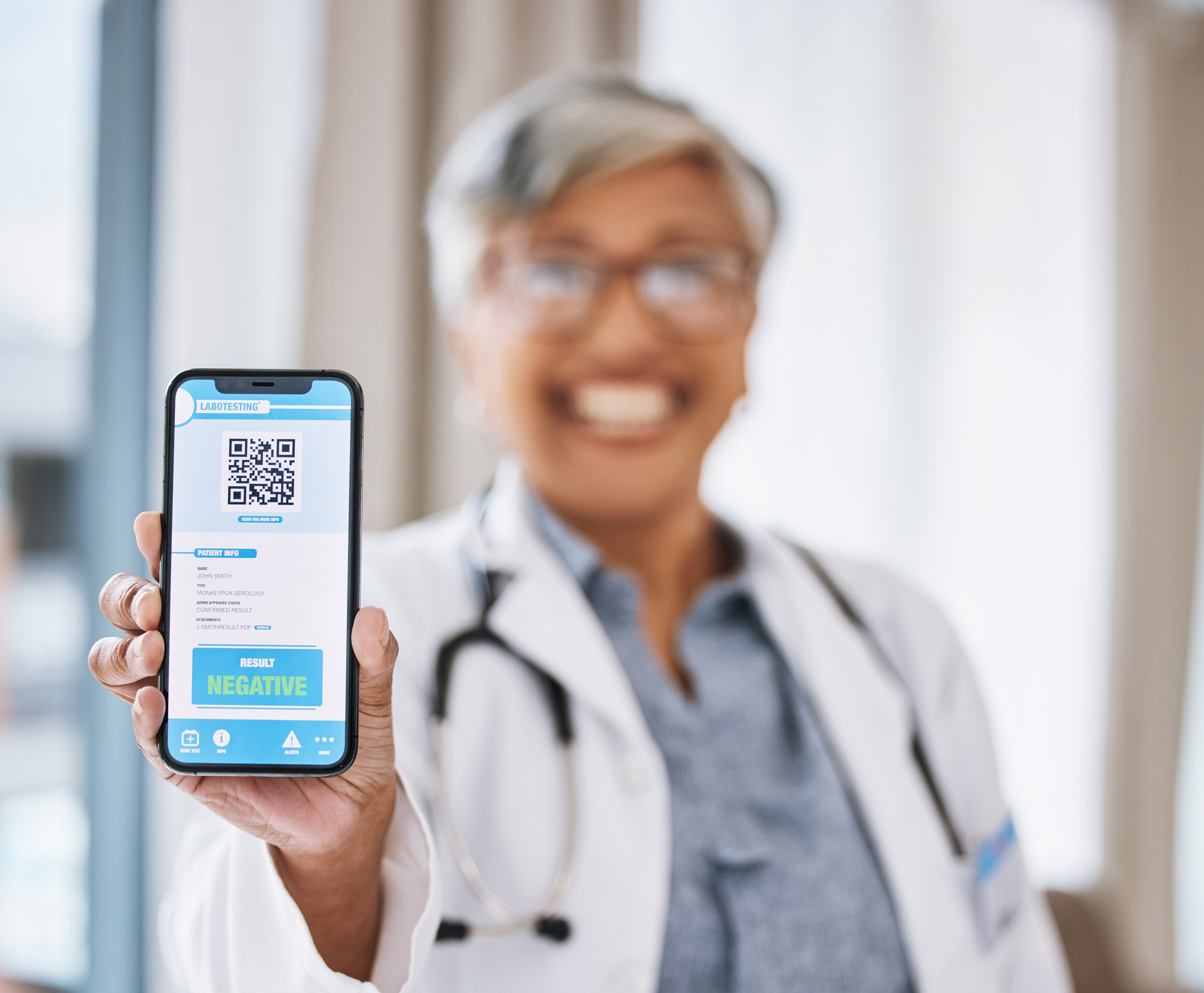
Is Your Ultrasound Machine [QR] Coding? Use QR Codes To Report & Solve Machine Issues
David Suwondo, MD
Assistant Professor of Emergency Medicine
Director of Resident Ultrasound Education
Section of Emergency Ultrasound, Department of Emergency Medicine
Yale School of Medicine
david.suwondo@yale.edu
Are your ED ultrasound machines working? How do you find out if there’s a problem with one of the machines in your fleet?
In our ED, we previously had no standardized way for our users to report problems with our ultrasound machines. Some users would find an ultrasound faculty member if one of us happened to be working clinically in the ED; others would email someone in the ultrasound division; a few would try calling the manufacturer’s toll-free service number printed on the back of the machine. But none of our users knew how to report the issue to our hospital’s clinical engineering (bio-med) staff, who manage the service contract and coordinate support tickets and machine repairs with our vendor. We tried placing signs on our machines. We tried setting up a group chat. Sometimes, if we were lucky, we found out about machine issues from our rotators, usually a week later during our weekly QA meeting. But for me, the turning point happened one day when I arrived for a shift and found one of our machines abandoned in a back hallway of the ED, with a handwritten sign taped to it: “I’m Brokey,” the sign declared, followed by a hand-drawn frowny-face. I stared at the machine. What was broken? When did it happen? Had anything been tried? Did anyone even know? Nobody knew.
To solve this issue, I designed and implemented a QR code system to enable our users to report and solve ultrasound machine issues on shift via a custom web form, and to allow our ultrasound division to track issues with our ultrasound fleet in real time. In this article, I’ll share how you can do the same at your institution.
First, place a custom QR code on each of your ultrasound machines. If you have more than one machine, make sure you embed the machine name or ID within the QR code, so you know which machine is “coding.” The QR code could be something as simple as a “mailto:” link to a group email address for your ultrasound division, with the machine ID pre-populated in the subject line of the email. Better yet, make the QR code link to a custom web form, which could be as simple as a one-page Google form or as complex as a custom Qualtrics form that autopopulates the machine ID based on embedded data in the QR code URL and uses survey logic to triage the user’s issue. I chose the latter option. Whatever you choose, make sure the URL in your QR code is accessible on your hospital’s network from whatever mobile devices your end users may have. At our institution, Qualtrics happens to be the licensed and supported survey platform that has been approved by ITS for use with protected health information (PHI), but you can use any application approved by your institution. Although ultrasound machine maintenance issues might not initially appear to be protected health information (PHI), I found that users would sometimes report workflow-related issues such as a specific patient’s images not being uploaded to our middleware or PACS, so I selected a survey platform capable of handling incidental PHI.
Second, use survey logic to triage user issues, provide relevant self-help instructions, and route unresolved issues to the appropriate destination. The first page of the web form asks users to select a category for their issue:
- Having an issue with ultrasound supplies? The second page provides information on where to find gel, probe covers, supplies for ultrasound-guided procedures, and approved disinfectants. If that doesn’t solve the issue, you can set up your form to notify your ED supply coordinator.
- Having an issue with ultrasound workflow? The second page provides information on how to troubleshoot common issues with our current order-based workflow and middleware. If that doesn’t solve the issue, you can set up your form to notify the appropriate contact from your hospital’s ITS.
- Having an issue with the ultrasound machine itself? The second page provides basic troubleshooting steps, like how to reboot a frozen/unresponsive machine. If that doesn’t solve the issue, you can set up your form to notify your hospital’s biomedical engineering department or even your vendor’s field service representative. My form automatically populates the machine’s serial number based on embedded information in the QR code and provides a one-tap link to report the issue to our hospital’s clinical engineering department.
Third, use the form to track the status of your fleet in real time. Set up your form to send an automated report via email to your ultrasound division, so you know what’s going on. Use it to track issues through to resolution, follow up with users, and analyze trends.
That’s it! Please reach out to me with questions or comments, and I’d be happy to chat with your ultrasound division.



